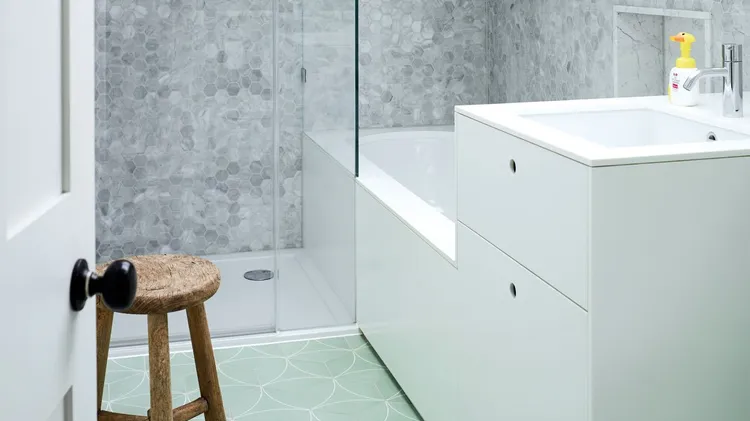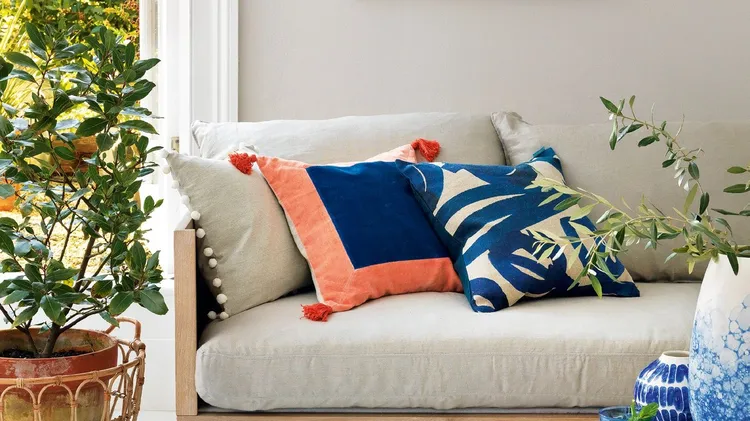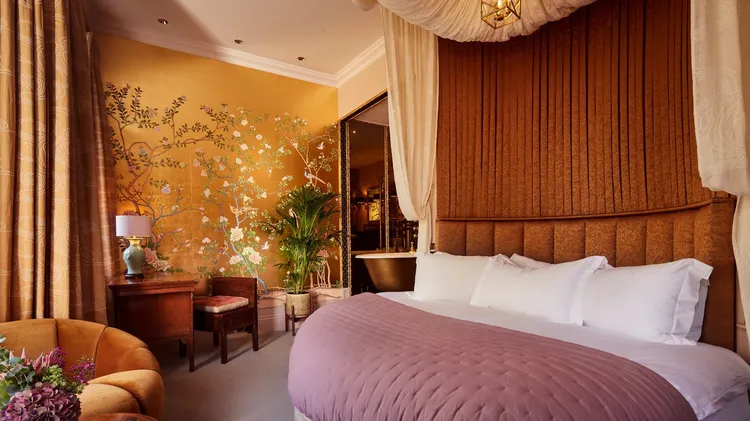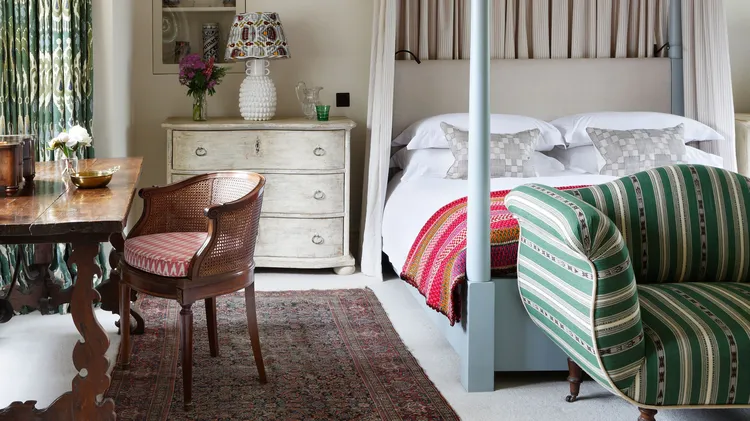Designers and decorators are breaking contemporary conventions in bathroom
Comfort & character
6 min read
This article is from...
Read this article and 8000+ more magazines and newspapers on Readly






